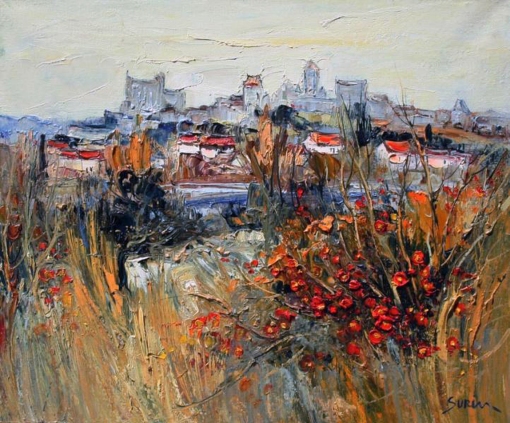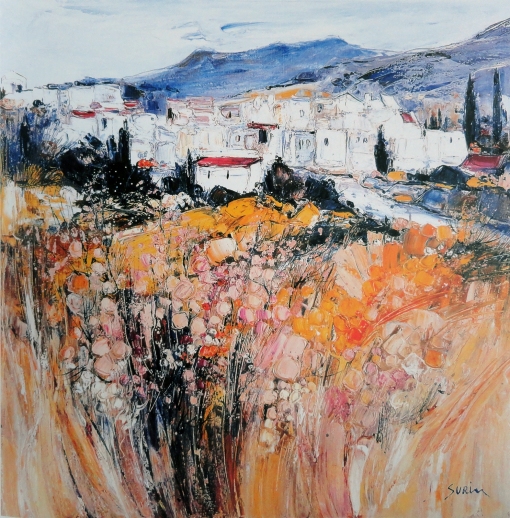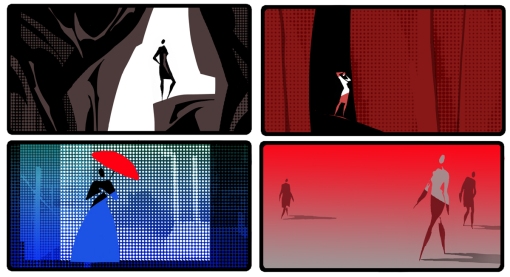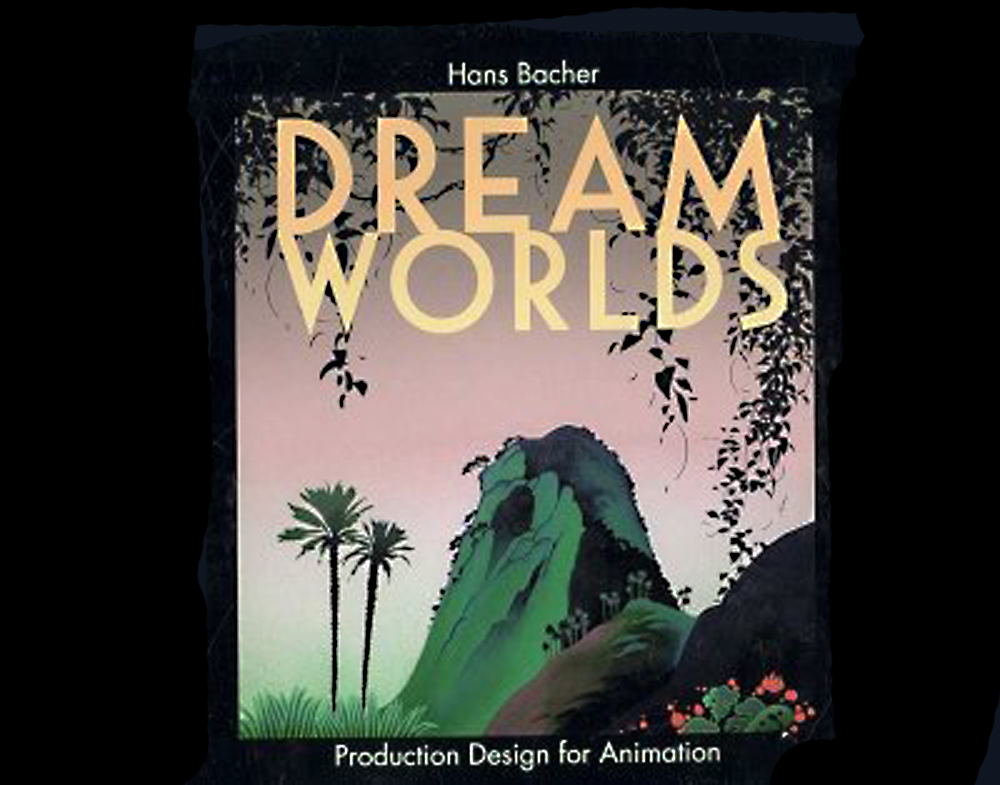everybody who has ever painted outside in nature knows how difficult it is to judge what colors he sees and how to translate them onto the canvas/computer-screen. the problem is that we know the basic color-direction, yellows, reds, blues and so on, but there are millions of shades of each of them. and – even worse, the colors surrounding the color we are concentrating on influence our perception of that color. imagine, the same red inbetween dark greens or light yellows will look to us completely different. that makes it tough to mix the right color either in oil or photoshop. well, when you are a background painter and you are supposed to choose the colors for a layout, you need to invent all those colors. of course you can use reference photographs or look at paintings and study how the ‘masters’ were dealing with that problem. but in the end – it will be your choice. it has a lot to do with your education, how much experience you have, how much you have ‘seen’ and stored in your brain, your cultural and geographical background ( artists from southern, lighter and sunnier countries use more colorful color combinations than the ones from northern, cooler countries ) and of course there is ‘taste’.

look at this recreated pan-background from disney’s BAMBI. the first reaction is – nice forest colors, all different greens. but what kind of greens? that becomes clearer when you separate some of them. then you see that there are only a few pure greens, most of them are mixed with greys and browns.
as you can see in the patches I add below.

the bottom row shows the more ‘pure’ greens. that’s how most backgrounds in tv-productions today look like. nothing wrong with it, they look fresh and friendly. nothing for me though, my eyes start to hurt after a while and everything looks artificial. below an example how that background might look today…

actually – as far as I remember the sequel looked a bit like that. there might be reasons for that. the executives during that time liked bright colors. during MULAN I constantly heard criticism from them – why does it have to look that dull? and can’t you add a bit more detail? the audience will say, disney can’t afford some richer look. anyway, it’s nice to look at the ‘old’ treasures and dream…
© disney enterprises, inc





































































Recent Comments